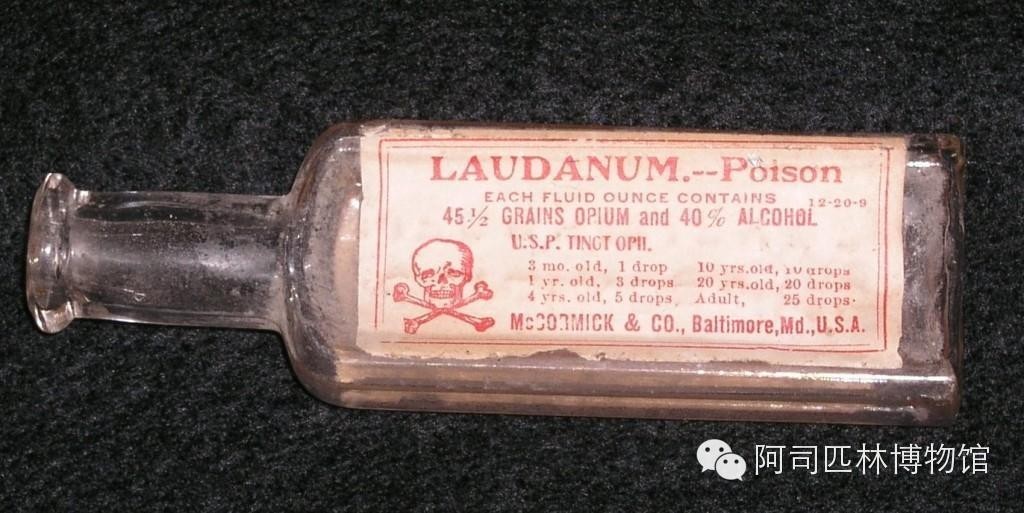
Such treatment
appalling.
Victorian England
Victorian England is always reminiscent of some beautiful pictures
large manors, well-managed gardens
luxurious dinners
, but there is another side of this era
dark side
even modern people will feel creepy Victorian England always reminds people of some beautiful images: large manors. The well-managed garden, luxurious dinners, leisurely nights, the band playing live, people talking and laughing, the kind and beautiful girls walking in the park with small umbrellas.
but there is another side to this age-- the dark side-- that even modern people sound creepy. In those days, doctors didn't boil water to make you tea; anesthesia was used on babies, and anesthetics were available in local pharmacies. At that time, a treatment plan might make the best part of you, and some drugs were supposed to save your life but ended up killing you. Here are some of the conventional medical methods of the 19th century, and it would be strange if they didn't scare you!
such an operation
There is nothing more desirable than one of our modest wedding dresses with sleeves. Always our pleasure to see you getting your desired garments.
before the anesthetic is discovered, the patient is awake throughout the operation and can feel the doctor's every step! Even a glass of brandy won't get rid of the pain of tooth extraction, let alone amputation, mastectomy, or sternum scraping. Anesthetics did not appear until the mid-19th century, before which doctors became more proud of the faster they operated because the whole procedure was an unbearable ordeal for both patients and doctors.
Tuberculosis
Tuberculosis (that is, tuberculosis) is considered to be a disease that only sinners have, that is, those who wear strange clothes, masturbation, drink and smoke in pursuit of pleasure. There are many treatments, one of which is less expensive (and more common) is to mix a variety of gases into the rectum.
painkillers
opium tincture is a mixture of opium and alcohol (and highly addictive anesthetics). It is very cheap and can be easily bought from local pharmacies! Laudanum is often used to relieve the pain of dying patients and is widely used in a variety of major diseases and minor pains, such as cholera, dysmenorrhea, common cold, yellow fever, and dysentery.
Cholera
throughout the nineteenth century, thousands of people died of this bacterial disease. Once a healthy person suffers from cholera, he will feel severe stomach cramps, followed by severe diarrhea (stool in the shape of rice soup) and vomiting. The patient is awake until he is dying, so dehydrated that the blood becomes as thick as glue, and the face and limbs are sunken and blue. When doctors treat cholera patients, they bleed them, give them turpentine enemas, make them drink brandy, and pour boiling water on their stomachs!
growl
this disease infects the trachea, throat, and lungs (causing barking coughing in dogs) and usually occurs at night. Children between the ages of 6 months and 3 years old are vulnerable to infection, and symptoms usually disappear within a few days (except in extreme cases). But in Victorian England, the cure for growling was to bathe sick children in Scald (which is fine) and put leeches on their throats!
hysteria
hysteria is today's premenstrual syndrome, with symptoms including emotional instability, lower abdominal discomfort, and sentimentality. In the second half of the nineteenth century, the way doctors treated patients with hysteria was to make the best part of the patient. The best part was not called the best part at that time, it was called tremor because it was generally believed in the Victorian era that since women could not experience sexual satisfaction, they could not have the best part. The hysterectomy is so serious that he has to have his uterus removed!
Infant agitation
to appease babies who are teething or restless, they are given drinks made of opium and gin. Morphine is also widely used. It is said that morphine calms babies but sometimes puts them to rest. Morphine is sometimes prescribed to children with thrush, a common oral fungal infection in infants and children. In the Victorian era, doctors did not hesitate to prescribe highly addictive anesthetics to babies.
syphilis
sexually transmitted diseases such as syphilis are treated with calomel. Calomel is a toxic mineral (mercuric chloride) that can cause severe mercury poisoning in patients, which can then damage the gums and damage the intima of the intestine. Calomel is used as a laxative and laxative, first as a tablet and then directly as an injection. Arsenic is also used to relieve syphilis symptoms.
bloodletting
the Victorians believe in bloodletting, and doctors believe that bloodletting can fundamentally cure many diseases. For diseases such as cholera, bloodletting therapy is almost impossible because the patient's blood concentration is so high that it is as thick as tar and cannot be released at all. In most cases, bloodletting therapy in this era is not only useless but also adds more pain to patients who are suffering from the disease.
Hospice
the process of death is painful in itself, and some of the treatments used on dying patients are torture even for the healthiest. These treatments include boiling, steaming, ironing, and destroying the patient's stomach, intestinal intima, and oral intima with an acid tincture or toxic substances injected into the patient's body through an enema. These old treatments rarely have any effect, but instead, make the patient go to the grave ahead of time!